Sila polylogue From
Extraits
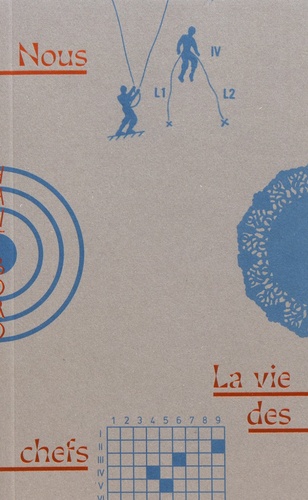
Littérature française
Nous. La vie des chefs
01/2018
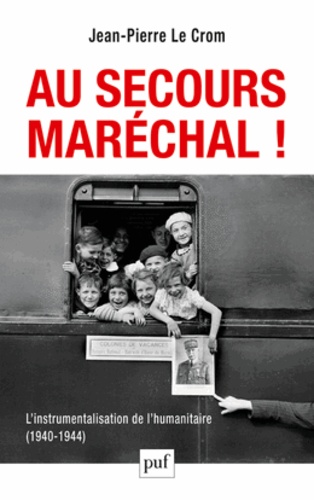
Histoire de France
Au secours, Maréchal ! L'instrumentalisation de l'humanitaire (1940-1944)
02/2013

Policiers
Blockbuster
06/2010
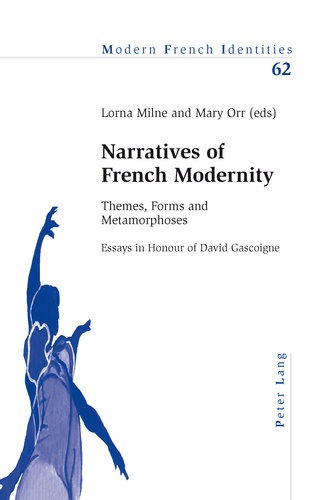
Sciences politiques
Narratives of French Modernity
03/2011
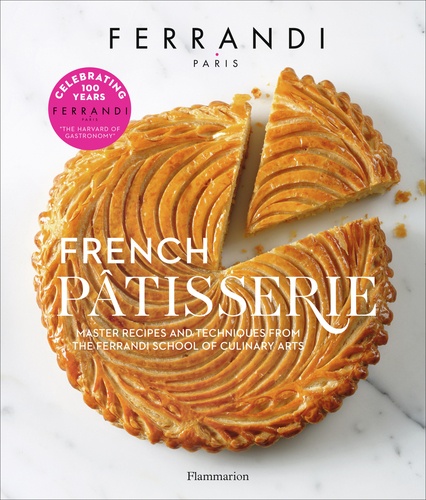
Cuisine
French pâtisserrie
10/2017

Sciences politiques
The European Union Transformed. Community Method and Institutional Evolution from the Schuman Plan to the Constitution for Europe
11/1999
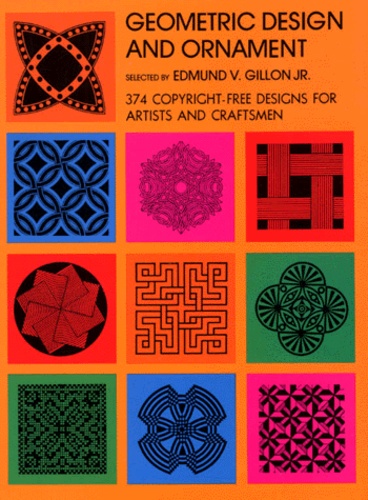
Décoration
Geometric Design and Ornament. 374 Copyright-free Designs for Artists and Craftsmen
01/1969
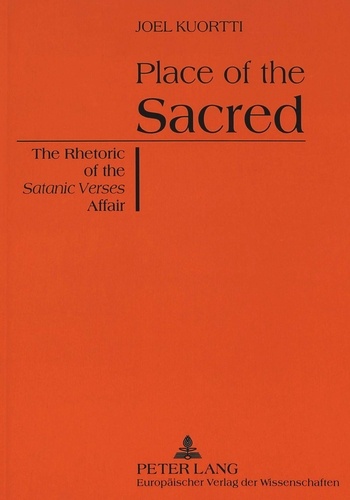
Non classé
Place of the Sacred
07/1997
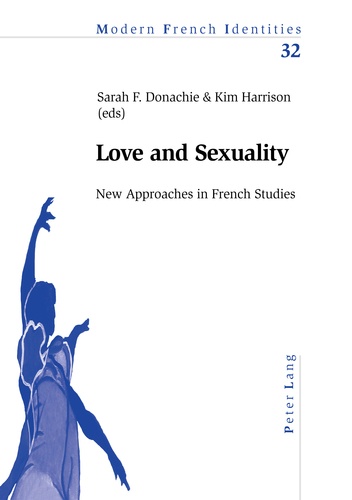
Non classé
Love and Sexuality
07/2005
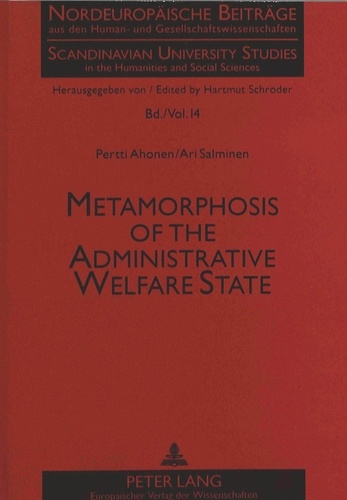
Non classé
Metamorphosis of the Administrative Welfare State
07/1997
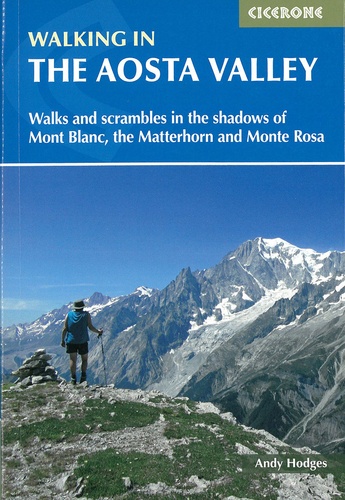
Guides pratiques
Walking in the aosta valley
06/2022
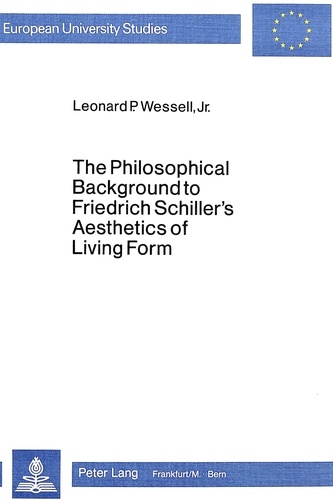
Non classé
The Philosophical Background to Friedrich Schiller's Aesthetics of Living Form
12/1982

Les alcools
The Spirit of Cognac. Rémy Martin : 300 Years of Savoir Faire
11/2023
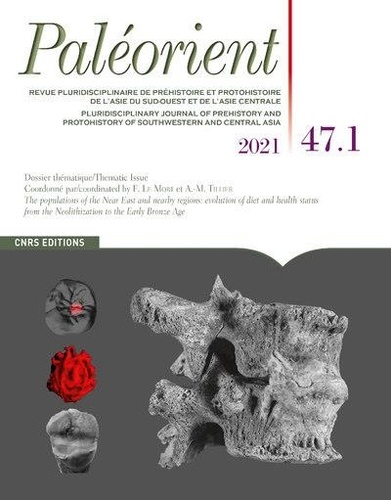
Préhistoire
Paléorient N° 47.1/2021
10/2021

Préhistoire
Gallia Préhistoire N° 61
02/2022
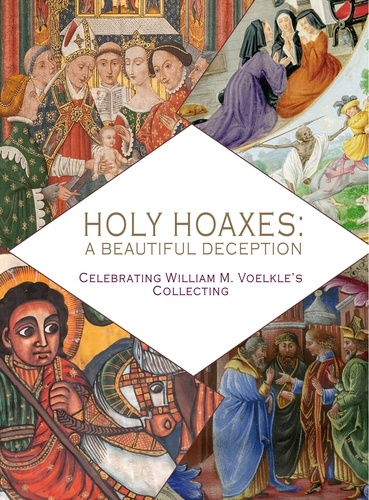
Vitraux, enluminures
Holy Hoaxes. A Beautiful Deception
04/2023

Français
Vive les vacances ! Niveau 1 et 2
06/2022

Religion
The Second Story of Creation (Gen 2:4-3:24)
11/2010
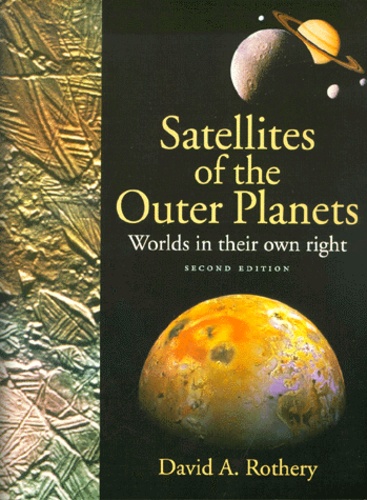
Sciences de la terre et de la
SATELLITES OF THE OUTER PLANETS. Worlds in their own right, Second Edition
01/1999
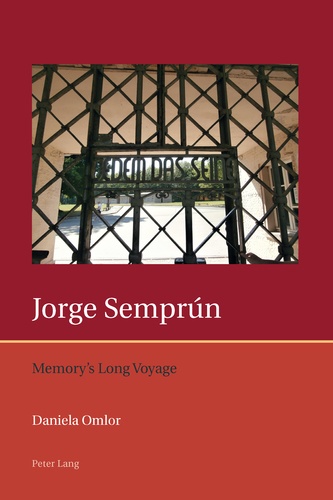
Non classé
Jorge Semprún
04/2014
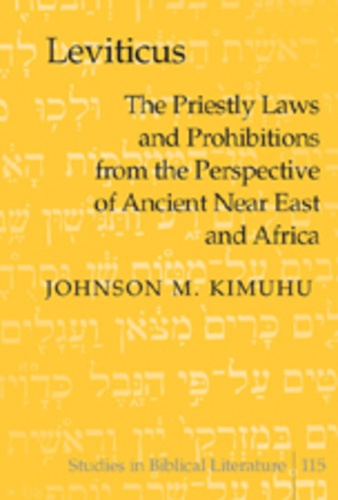
Religion
Leviticus
02/2008

Sciences politiques
Organizing after Crisis. The Challenge of Learning
03/1994
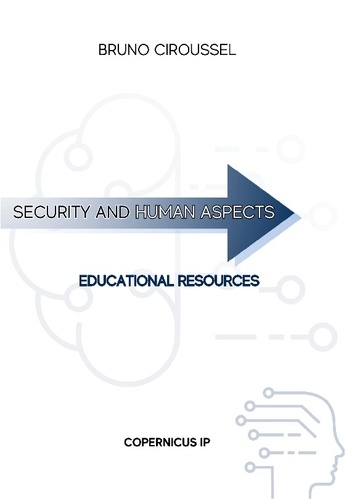
Sécurité
Security and human aspects. Educational resources
03/2024
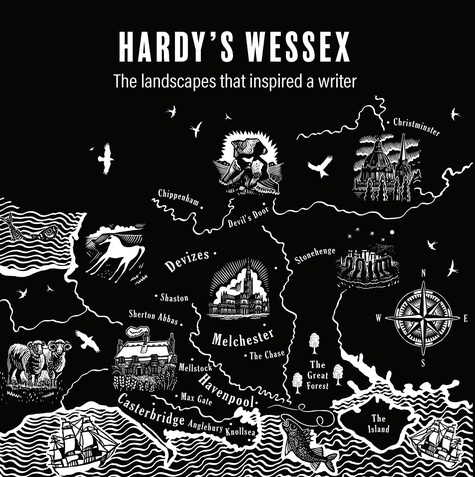
Monographies
Hardy's Wessex. The landscapes that inspired a writer
06/2022

Ethnologie et anthropologie
Exploration de l'entre-corps. Imaginaire et émotions
09/2021
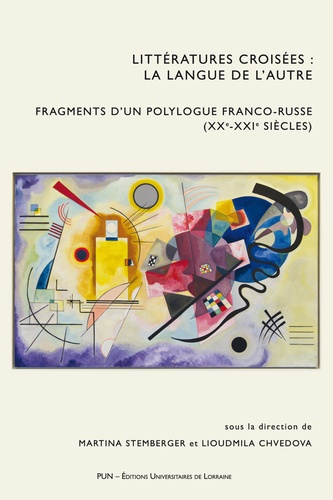
Sociologie
Littératures croisées : la langue de l'autre
03/2018

Histoire de l'art
A History of Arcadia in Art and Literature: Volume II. Later Renaissance, Baroque and Neoclassicism
01/2022
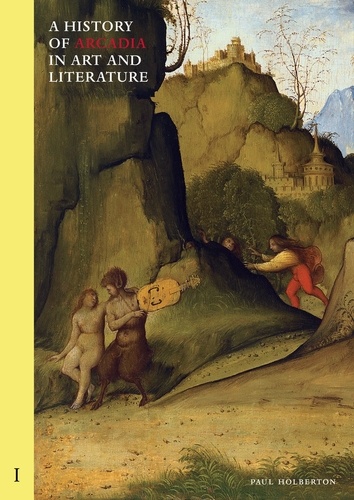
Histoire de l'art
A History of Arcadia in Art and Literature: Volume I. Earlier Renaissance
01/2022
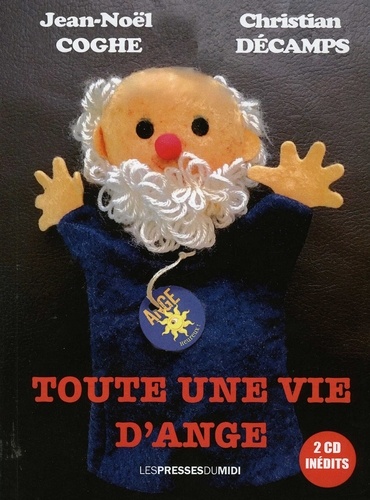
Critique littéraire
Toute une vie d'ange. Avec 2 CD-ROM
11/2019

Pédagogie
Braver l'interdit. Cycle 3, avec 1 CD-ROM
10/2019
